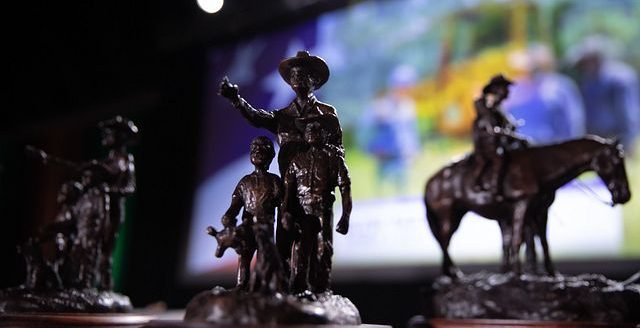Are you ready to conduct a prescribed burn?
Fire on the prairie has been around as long as the prairie itself. Fortunately, we’ve moved from wildfire to prescribed burn—and the benefits to land, structures, and livestock has been great. As we approach another prescribed burning season, are you prepared?
The key to keeping a prescribed burn from becoming a wildfire comes in that preparation. That means that right now–January–you should be thinking about what equipment you’ll need and preparing the site for a burn that may occur in as little as six to eight weeks from now on our cool season pastures (late February or early March often signal go time for cool season grass burns). Make sure all pumps, hoses and tanks on firefighting equipment are in good working order. Is your pump properly sized for the flow needed for putting out a fire? Some ATV sprayers may not be. Do pump engines work correctly? Are hoses in good working order? A prescribed burn needs to occur in our very short window of opportunity. Safety should not be compromised and a burn may need to be cancelled if equipment isn’t ready.
Ask yourself as you plan–why am I burning? What benefit is this fire going to do for my forage stand or wildlife habitat? Cool season grasses do not respond to fire like warm season prairie grasses do. In fact, if burned too frequently, stands can be harmed. Further, if you are trying to take out brush or taller cedar trees, question whether you have enough fuel and will it be flammable during the appropriate time? If ample fuel loads are not available to burn up small cedar trees, or if burns have to be conducted in late February and early March (as most of our cool season grasses require), in most cases, brush control will not be as effective as you’d like. At that point, other management options may be better options to achieve your desired objective.
Last, but certainly not leas –have you given appropriate attention to safety? Have you obtained the proper permits required by local authorities to conduct the burn? Do you have proper clothing, equipment and tools to safely spread and quickly put out fires? Do you have a back burn or tilled area or laid out other methods to prevent fire spreading to places you don’t want it to? A formal burn plan with efforts coordinated by a burn boss is key to making sure that the burn achieves its desired objective in a manner safe to man, machine and structure. Much of that effort can be undertaken now so that when it’s time to start the prescribed burn, you are ready to go.
Need a burn plan? Your local NRCS Office or Wildlife Biologist can likely help. Our District Extension Offices have numerous resource publications available to help you plan, as well as a video available for checkout if you want to learn some techniques. Contact us if you want to discuss a prescribed burn and whether it’s right for you.


